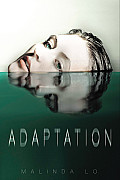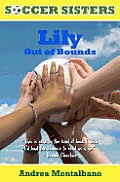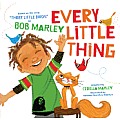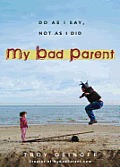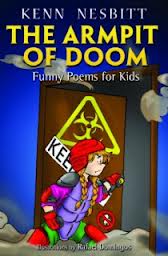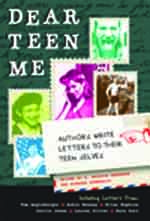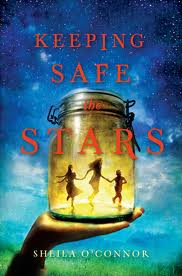Reese is on her way home from a debate competition with her teammate and teacher when a strange phenomenon occurs: bird strikes across North America bring several airplanes down and all air traffic is suspended. When they try to get from Arizona to their home in San Francisco in a rental car, there’s an accident in the desert. Twenty-eight days later Reese wakes up in an isolated military hospital where she’s told she had advanced, top-secret treatment to save her life.
But when Reese starts to have unsettling dreams and she notices that her scars heal quickly, she begins to wonder what happened to her at the hospital. With her friends David and Julian, she sets out to uncover the mystery.
Adaptation by Malinda Lo is a fast-paced science fiction mystery that keeps you guessing what’s going to happen until the end. It’s most successful when following the main plot line of Reese, her debate partner David, and their quest to find out what happened to them. But there’s a lot going on in the book, and I sometimes found it frustrating when the action slowed down to explore one of several subplots.
There’s the question about the bird strikes and conspiracy theories about the government’s involvement based on its continued reaction by killing birds wholesale. Reese is questioning her sexual identity and whether or not she is attracted to girls or guys. Reese’s friend Julian is involved with groups trying to get evidence of alien contact in the place known as Area 51. There’s also a difficult relationship between Reese and her unapologetically philandering dad, who is divorced from her mother. It’s a lot for a reader to take in.
That can also mean a lot to discuss if you pick this up with your book club. Because of the questioning on sexual issues, I would recommend Adaptation for groups with girls aged 16 and up.
The publisher provided me with a copy of this book in exchange for my honest review.

